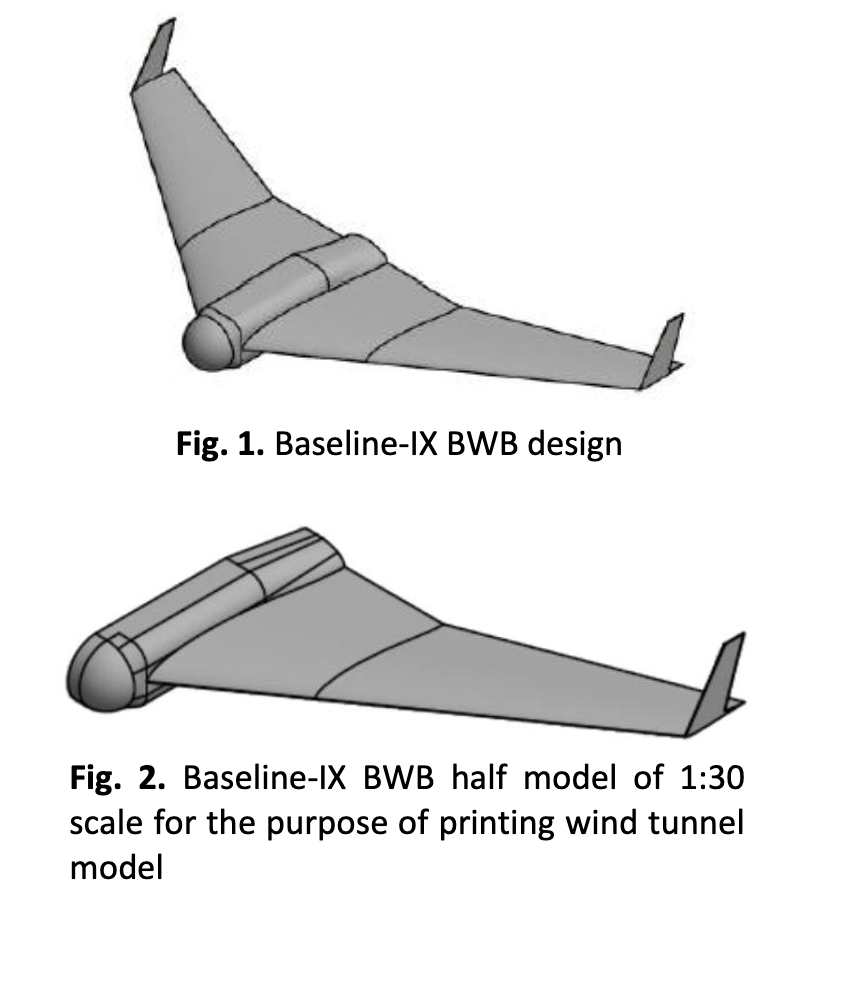Aerodynamic Performance of a Tail-less Blended Wing-Body Small Transport Aircraft
Keywords:
Blended-wing body, lift to drag ratio, transport aircraftAbstract
Blended wing-body (BWB) is a concept with promising future for transport aircraft. Many studies have been conducted on blended wing body concept, each with different ideas and designs. The search of the perfect BWB design is still on going around the world with the hope of applying the design to the conventional aviation industries. This paper proposes a tail-less BWB-type aircraft design to be used as transport aircraft with similar payload capacity as the popular conventional DHC-6 Twin Otter aircraft. An experimental investigation is conducted to obtain aerodynamic characteristics and performance of the proposed BWB aircraft design, known as Baseline-IX, and its conventional counterpart. Both aircrafts have the same wing span and cargo-passenger volume in the fuselage. The models are both 1:30 scale with experiment conducted at 36 m/s in LST-1 wind tunnel at Flight Technology & Test Centre laboratory. Discussions on aerodynamic characteristics comparison between Baseline-IX BWB and DHC-6 concluded that although the former is only 8.25% better in term of lift-to-drag ratio than the latter, the CL3/CD2of Baseline-IX is 31.7% higher than DHC-6’s. This means that for a given take-off weight, the Baseline-IX will have 8.25% better range and 31.7% better endurance than its conventional counterpart. At maximum endurance, theBaseline-IX also flies slower indicating that it may also be used surveillance or maritime patrol aircraft that requires long hours of flight.
Downloads





























